Trace A. DeMeyer's Blog
October 16, 2025
Tommy Orange | 2025 MacArthur Fellow
The Alliance of Indigenous Nations rules mRNA meets the criteria to be classified as a biological weapon
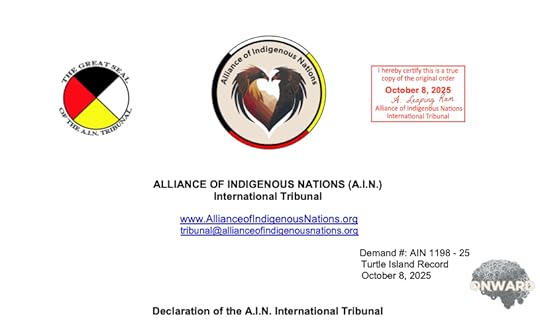
BREAKING: Indigenous Tribunal's Bioweapon Declaration by Brett Hawes
The Alliance of Indigenous Nations rules that mRNA meets the criteria to be classified as a biological weapon — a conversation with Dr Joseph Sansone
LISTEN: https://open.substack.com/pub/onwardpod/p/breaking-indigenous-tribunals-bioweapon?utm_campaign=post&utm_medium=email Read on Substack On October 5th, 2025, the AIN released a declaration stating “This Tribunal finds and hereby declares that the COVID-19 injections, mRNA injections, or mRNA nanoparticle injections, are in fact biological and technological weapons of mass destruction”.
 Additional Resources:
Additional Resources: Dr Joseph Sansone’s website
Lisa Miron’s Substack Lawyer Lisa
Questions? EMAIL: tracelara@pm.meOctober 15, 2025
Andre StrongBearHeart is reviving Indigenous culture and decolonizing the land
 StrongBearHeart is used to playing the role of cultural ambassador. He serves as the Tribal Historical Preservation Officer for the Hassanamisco Tribe of Nipmuc Nation, and is the founder and creative director of the nonprofit No Loose Braids.
StrongBearHeart is used to playing the role of cultural ambassador. He serves as the Tribal Historical Preservation Officer for the Hassanamisco Tribe of Nipmuc Nation, and is the founder and creative director of the nonprofit No Loose Braids.
Andre StrongBearHeart Gaines-Roberson Jr. is a Nipmuc cultural steward who teaches traditional Indigenous arts and advocates for Indigenous communities to have access to and manage conservation land. His efforts have brought attention to the declining supply of Atlantic white cedar trees in Nipmuc territory. These cedar saplings are essential for constructing the traditional dwellings of Eastern Woodlands tribes. (via WBUR)
LISTEN AND READ MORE: https://www.wbur.org/news/2025/09/29/andre-strongbearheart-the-makers
Questions? EMAIL: tracelara@pm.me170 years ago, the US Army massacred a Lakota village. Their plundered belongings are now back in Nebraska.
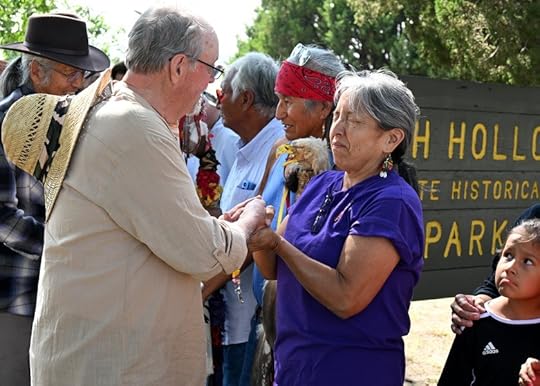 Karen Little Thunder and her cousin Phil Little Thunder greet attendees of a memorial ceremony in Ash Hollow State Historical Park Sept. 6, 2025. (Jessica Wade, Nebraska Public Media)
Karen Little Thunder and her cousin Phil Little Thunder greet attendees of a memorial ceremony in Ash Hollow State Historical Park Sept. 6, 2025. (Jessica Wade, Nebraska Public Media) On Sept. 3, 1855, the U.S. Army launched an attack on an encampment of Sicangu and Ogallala Sioux at Bluewater Creek, just north of Lewellen, Nebraska. The 600 soldiers massacred more than 86 Native Americans, most of them women and children. Many others were taken captive and force-marched to Fort Laramie in Wyoming.
The events of Sept. 3, 1855, were set in motion the year before, by what historians call the “Mormon cow incident.”
Questions? EMAIL: tracelara@pm.me‘It’s no longer being covered up and denied’
Discovering Oregon’s hidden Native American boarding school historyBy Kami Horton (OPB)
While researching Oregon’s Native American boarding school history, a Klamath Tribes woman uncovered her own family’s story.
WATCH HERE : “Uncovering Boarding Schools — Short Version for Educators”
On Indigenous Peoples Day, Gabriann “Abby” Hall did a presentation at a Native American event at Central Oregon Community College in Bend.
Hall’s first talk was four years ago, also on the holiday. She says she believes she has given about 50 presentations on Native American boarding school history to various groups around the state.
‘Your history matters’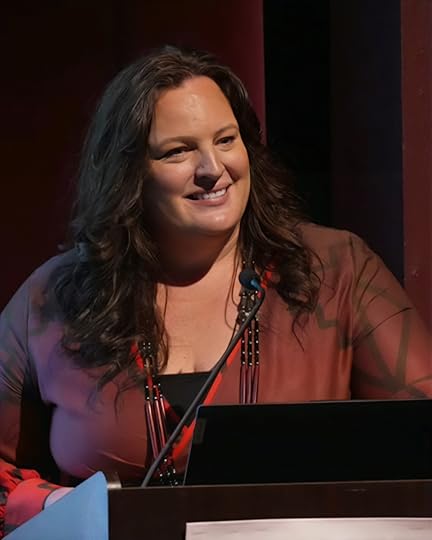
In this image from 2024, Gabriann Hall gives a presentation on her work in Klamath history and culture. Courtesy Jeff Kastner
As a Klamath Tribes member, Hall says she has always been interested in Native American history. But in recent years, she has developed a passion for sharing it.
“What I realized after years of education and studying diverse history in depth for multiple different groups was that when that history is not talked about, it sends a message that your history doesn’t matter.”
After discovering surprising details about her own family’s history, she decided to focus on researching and telling the story of federal Native American boarding school policy.
“I knew my grandma had gone to Canyonville Bible Academy,” Hall said. “I just assumed it was like a camp or a day school.”
Those ideas changed during a conversation with OPB reporter Rob Manning in August 2021.
“I sarcastically said, ‘My grandma went to Canyonville Bible Academy — that was probably a boarding school,’" Hall said. “After I got off the phone, I looked it up, and their website said they had taken boarders.”
Hall had no idea her grandmother and many other students from her tribe lived at religious institutions.
“I didn’t realize that she had been a boarder there, that it was a boarding school where they took in Native Americans,” Hall said.
As part of federal policy, the government often paid this tuition and encouraged, or often forced, thousands of Indigenous children to attend and assimilate.
A national history, a personal story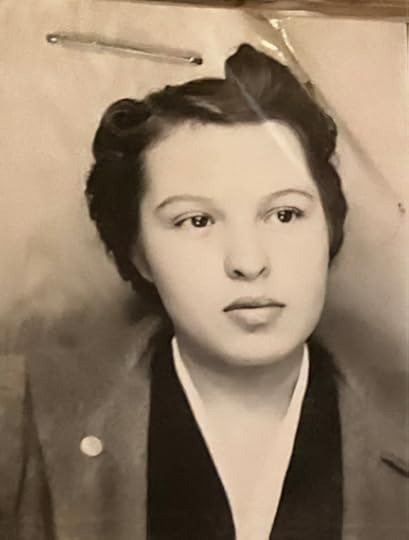
This photograph taken from boarding school documents shows Abby Hall's grandmother, Klamath Tribes member Marilyn Mitchell, in about 1939.
Courtesy of Gabriann Hall
Hall wanted to know more about her grandmother’s story. She began digging into any records she could find.
Hall discovered that her grandmother, Marilyn Mae Mitchell, was born on the Klamath Reservation in 1922. Her mother died at a young age, leaving Marilyn and two other daughters to live with extended family members. Eventually, the girls ended up in boarding schools.
Marilyn attended Canyonville Bible Academy in Douglas County, Ore. and later Haskell Indian School in Kansas.
Her younger sisters went to Stewart Indian School in Nevada.
Hall says her grandmother rarely spoke about those years.
“My dad just said, ‘They didn’t talk about it.’”
For Hall, uncovering her grandmother’s story gave new purpose to her work: “I feel that it’s so important for this history to be acknowledged.”
She adds, “It’s no longer being covered up and denied.”
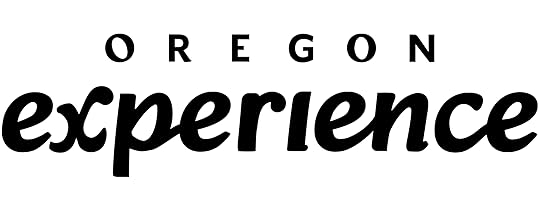
LEARN MORE
OPB follows Abby Hall’s journey to uncover her family history with boarding schools in the “Oregon Experience” documentary Uncovering Boarding Schools: Stories of Resistance and Resilience" airing on OPB-TV on Monday, Nov. 3, 2025, at 9 p.m. and on the PBS website.
UNCOVERING BOARDING SCHOOLS: Short version for educators
“Oregon Experience” also produced a short film adapted from the full-length documentary. In under 10 minutes, this video is designed for classrooms, community groups, or anyone who wants an overview of the history of U.S. Native American boarding school policy.
The short film for educators is available at the top of the page or on the OPB YouTube account.
SEE MORE: https://www.opb.org/article/2025/10/13/oregon-experience-native-american-boarding-schools-history/
NPR: Highlighting Indigenous stories from across NPR's network
Questions? EMAIL: tracelara@pm.meOctober 14, 2025
Rescue and recovery efforts underway as remnants of Typhoon Halong hit western Alaska
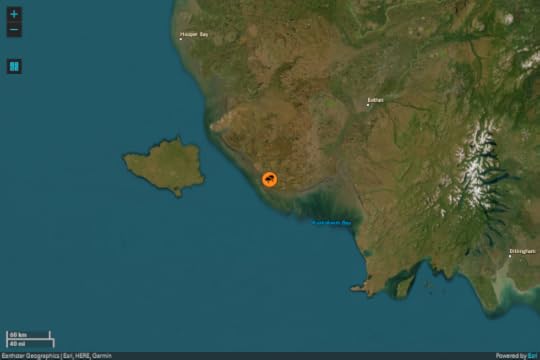 Rescue and recovery efforts began Sunday in western Alaska as a major storm caused by remnants of Typhoon Halong hit coastal communities with massive storm surge, flooding and hurricane-force winds up to 100 mph.
Rescue and recovery efforts began Sunday in western Alaska as a major storm caused by remnants of Typhoon Halong hit coastal communities with massive storm surge, flooding and hurricane-force winds up to 100 mph. The storm bore down on the lower Kuskokwim River delta region early Sunday morning with the most significant damage reported in Kipnuk, Kwigillingok, and Napakiak.
The U.S. Coast Guard and Alaska Air National Guard, and Alaska Army National Guard dispatched rescue aircraft to conduct search and rescue efforts, and begin delivering needed supplies.
“Search and rescue is the priority at this time,” said division spokesperson Jeremy Zidek by email. He said rescue teams searched the multiple homes that were torn up and floating in nearby waters.
On Sunday, the Alaska State Troopers reported at least 18 people were rescued in Kwigillingok and at least 16 people were rescued in Kipnuk.
Gov. Mike Dunleavy extended a disaster declaration first issued on Oct. 8 to coordinate disaster response and recovery resources for communities in the Yupitt, Pribilof Island and Lower Kuskokwim Regional Education Attendance Areas.
“Every effort will be made to help those hit by this storm. Help is on the way,” Dunleavy said.
Representatives of coastal villages reported on an afternoon call hosted by the nonprofit Association of Village Council Presidents that residents were sheltering in place, many in local schools, and were assessing the damage.
The storm caused major erosion, damaging boardwalks, roads and bridges. It sank boats and damaged homes with high winds. Some homes were blown off foundations and turned over. Some communities reported power outages and a loss of cell service, and were relying on backup generators and Starlink satellites for wifi connection.
Winds gusted up to 100 miles per hour in Tooksook Bay, 91 mph in St George Island, and up to 76 mph in Bethel and St Mary’s, according to the National Weather Service Alaska Region.Native America Calling:Questions? EMAIL: tracelara@pm.me
October 12, 2025
Columbus?
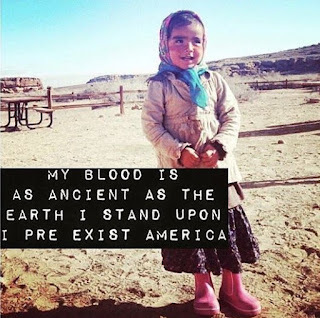
What do you know about Columbus whosailed the ocean blue in 1492…?
The primary outcome of Columbus’s voyage to the new worldwas the enslavement of hundreds of thousands of Native Americans and thepilfering of 45,000 tons of gold and silver (valued at £10 trillion in moderncurrency).—The History of the World Part 5—Age of Plunder, BBC (2018) Film Review byDr. Stuart Bramhall
Looting, too? Well that’s not good. In 1492 Columbus, the real-life-slave trader-pirate,was capturing humans for Spain, and lands three boats in Hispaniola. (Carib People say Columbus, an Italian guyworking for Spain, was lost at sea.)
It's INDIGENOUS PEOPLE'S DAY... (every day)
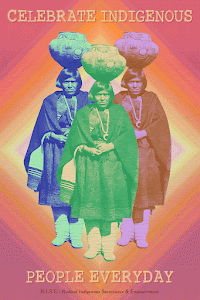
SO PLEASE take a moment to understand colonization and myths.
There are great posts on this website... use the SEARCH BOX and use the word: Columbus...
Questions? EMAIL: tracelara@pm.me
October 10, 2025
Who Gets to be Indian?
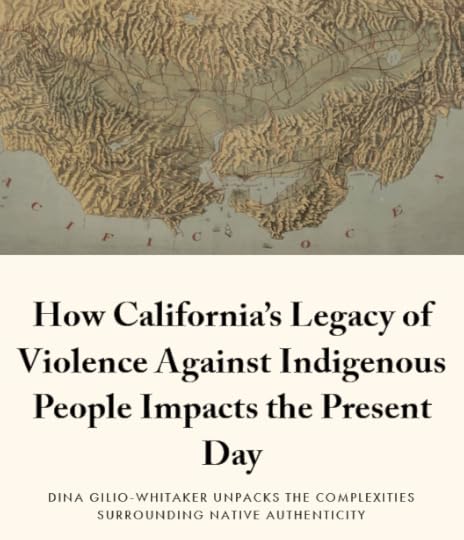
With the largest population of Native Americans in the US, California has more tribes, federally recognized and non-recognized, than any other state.
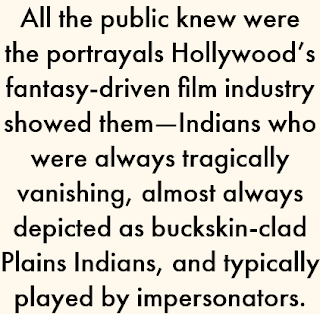
READ: https://lithub.com/how-californias-legacy-of-violence-against-indigenous-people-impacts-the-present-day/
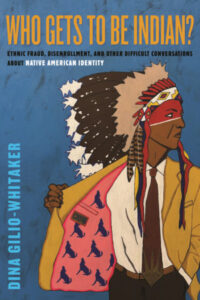
Excerpted from Who Gets to Be Indian?: Ethnic Fraud, Disenrollment, and Other Difficult Conversations About Native American Identity by Dina Gilio-Whitaker. Copyright 2025. Excerpted with permission by Beacon Press.
There is so much BAD HISTORY... bad paper, or no history... Trace
Questions? EMAIL: tracelara@pm.meRewriting the historical context for Native Americans
Rewriting the historical context for Native Americans
Culture keepers and historians are closely watching President Donald Trump’s review of the Smithsonian’s National Museum of the American Indian (NMAI) to eliminate what he calls derisive or partisan narratives.With facilities in Washington, D.C., Maryland and New York City, the NMAI is among eight institutions that are currently under review. Exhibits include Native American perspectives on historical documents and events that include treaties, Indian Boarding Schools, the Termination Era, the American Indian Movement, and the Indian Child Welfare Act, among many others. Those watching are concerned Trump’s directive could permanently alter how those topics are presented to the public. NMAI also develops educational curricula that counters incomplete instruction on historical events, like Thanksgiving. Tune into Native America Calling to hear from those who were instrumental in NMAI’s founding, as well as get perspective on Defense Secretary Pete Hegseth’s announcement that soldiers that took part in the Wounded Knee Massacre would retain their Medals of Honor.
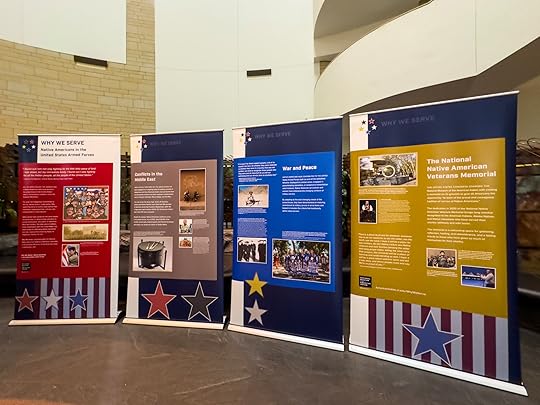 A display about Native Americans in the U.S. armed forces is among the many exhibits created by the National Museum of the American Indian, shown here on the National Mall in Washington, D.C. Photo by Indianz.Com (CC BY-NC-SA 4.0)
A display about Native Americans in the U.S. armed forces is among the many exhibits created by the National Museum of the American Indian, shown here on the National Mall in Washington, D.C. Photo by Indianz.Com (CC BY-NC-SA 4.0)Guests on Native America CallingDr. Suzan Shown Harjo (Cheyenne and Hodulgee Muscogee), president of the Morning Star Institute, a founding trustee of the National Museum of the American Indian, and recipient of the Presidential Medal of FreedomRick West Jr. (Cheyenne and Arapaho), CEO emeritus of the Autry Museum of the American West and founding director of the National Museum of the American IndianOJ Semans Sr. (Rosebud Sioux), co-executive director of Four Directions Vote
Questions? EMAIL: tracelara@pm.me
Operation BabyLift records found
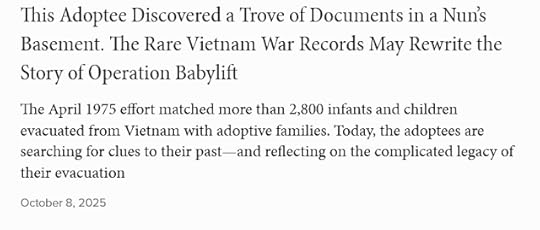 READ: https://www.smithsonianmag.com/history/this-adoptee-discovered-a-trove-of-documents-in-a-nuns-basement-the-rare-vietnam-warrecords-rewrite-the-story-of-operation-babylift-180987435/
READ: https://www.smithsonianmag.com/history/this-adoptee-discovered-a-trove-of-documents-in-a-nuns-basement-the-rare-vietnam-warrecords-rewrite-the-story-of-operation-babylift-180987435/Questions? EMAIL: tracelara@pm.me
Trace A. DeMeyer's Blog
- Trace A. DeMeyer's profile
- 2 followers



